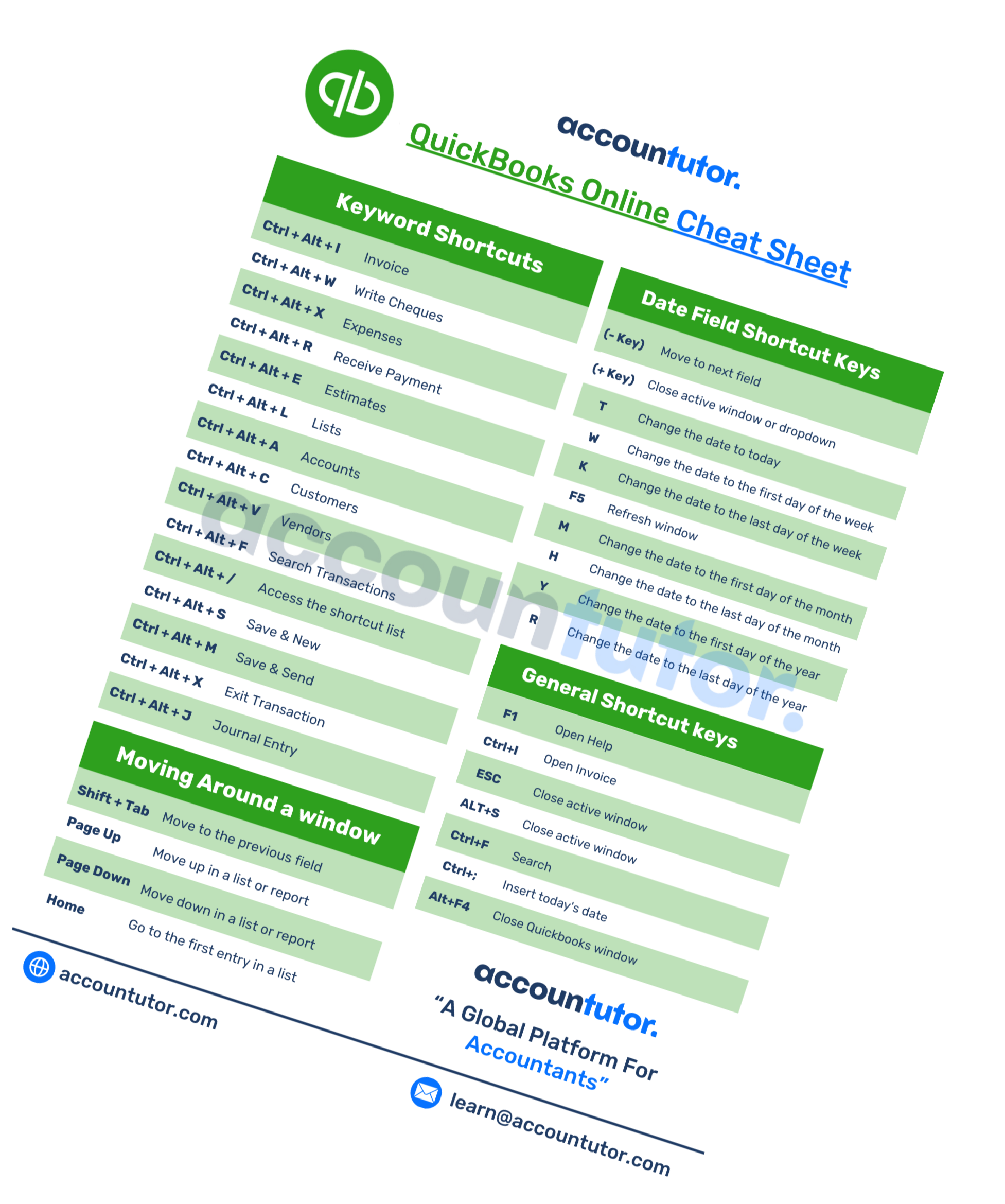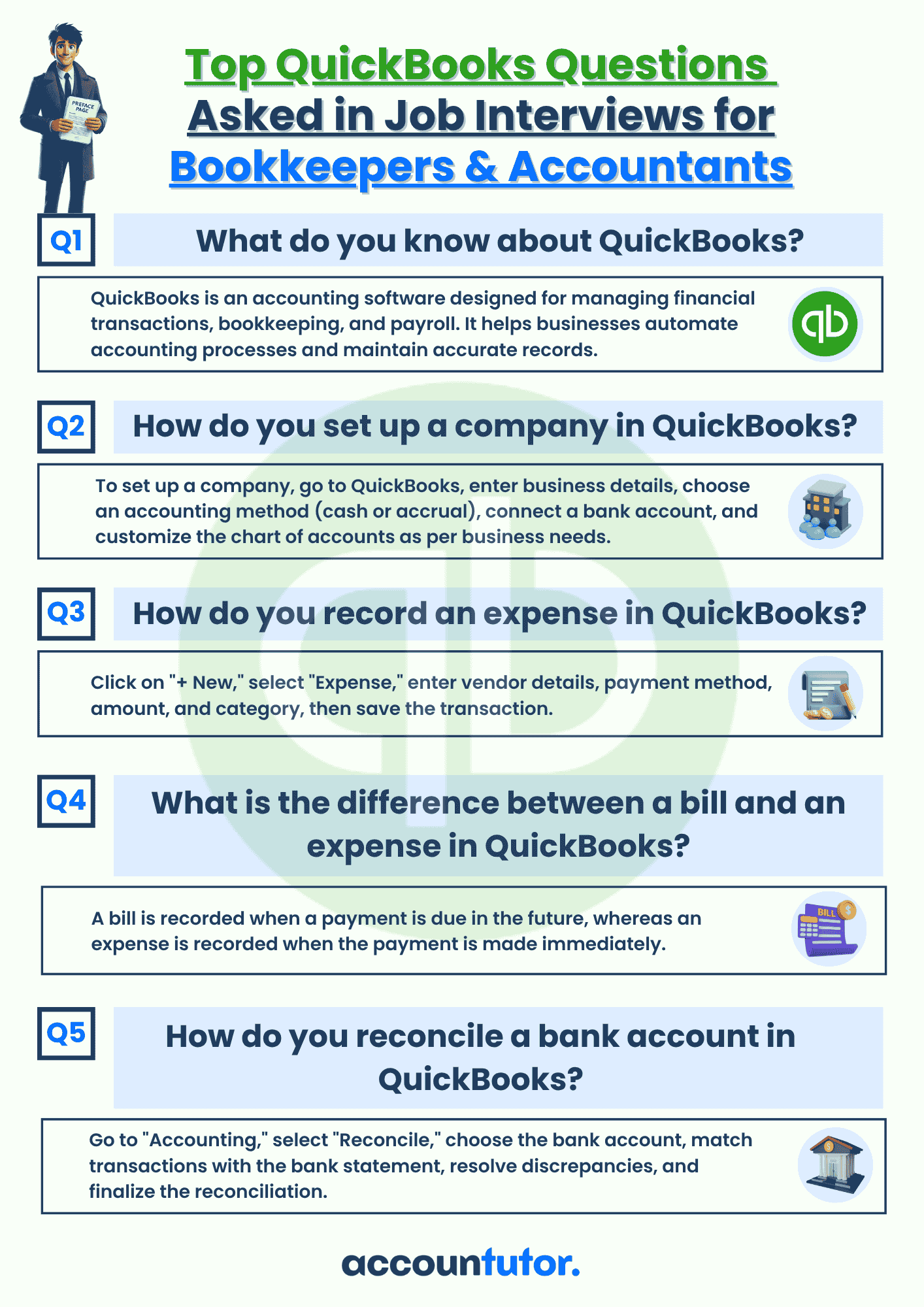Journal Entries and Ledgers
-
What Is a Journal Entry?
-
The Role of Debits and Credits
-
Posting to the Ledger
-
Why It Matters
Journal Entries and Ledgers
“A journal entry is the official way to record financial transactions in the accounting system, using debits and credits.”
After the transaction is recorded in the journal, it is posted to the general ledger, which keeps track of all account balances. Let’s break this down in simple terms.
1. What Is a Journal Entry?
Think of a journal as a daily diary for your business’s financial activities. Every time something happens—whether you make a sale, pay a bill, or receive a loan—you write it down in the journal. A typical journal entry includes the date of the transaction, the accounts affected, the amounts debited and credited, and a brief description or reference. For example: June 1 – Debit Cash $1,000, Credit Sales Revenue $1,000 (Cash sale to customer). This format helps clearly explain what occurred and how it impacts the business’s financial records.
2. The Role of Debits and Credits
3. Posting to the Ledger
Once a journal entry is made, it must be posted to the General Ledger. This involves transferring the details of the transaction to the individual account records—such as Cash, Sales, or Rent Expense. For example, if you recorded a journal entry for paying rent by debiting Rent Expense $500 and crediting Cash $500, you would then update the Rent Expense account in the ledger to reflect the increase, and the Cash account to show the decrease. This process ensures that each account remains accurate and up to date, providing a clear and complete picture of the business’s financial activity.
4. Why It Matters
Recording transactions through
journal entries and posting them to the ledger helps maintain organized,
complete, and accurate financial records. This process forms the foundation
for creating financial statements, analyzing business performance, and
preparing taxes.
Skipping or incorrectly entering a transaction can throw off your entire bookkeeping system. That’s why it’s so important to understand this process well—even if you’re using software that does most of it for you.
Key Takeaways
✅ Every journal entry affects at least two accounts and must stay balanced
✅ Debits and credits work differently depending on the type of account
✅ Journal entries are posted to the general ledger to update account balances
✅ Accurate journal entries are essential for clean, reliable bookkeeping
Access all Accounting and Bookkeeping Courses from One Portal.
Mastering Bookkeeping and Accounting
QuickBooks Online For Bookkeepers
Xero Accounting For Bookkeepers
ChatGpt for Bookkeepers and Accountants
Subscribe to our newsletter
Policy Pages





Register for this webinar: How to Master QuickBooks Online— Without Feeling Overwhelmed





